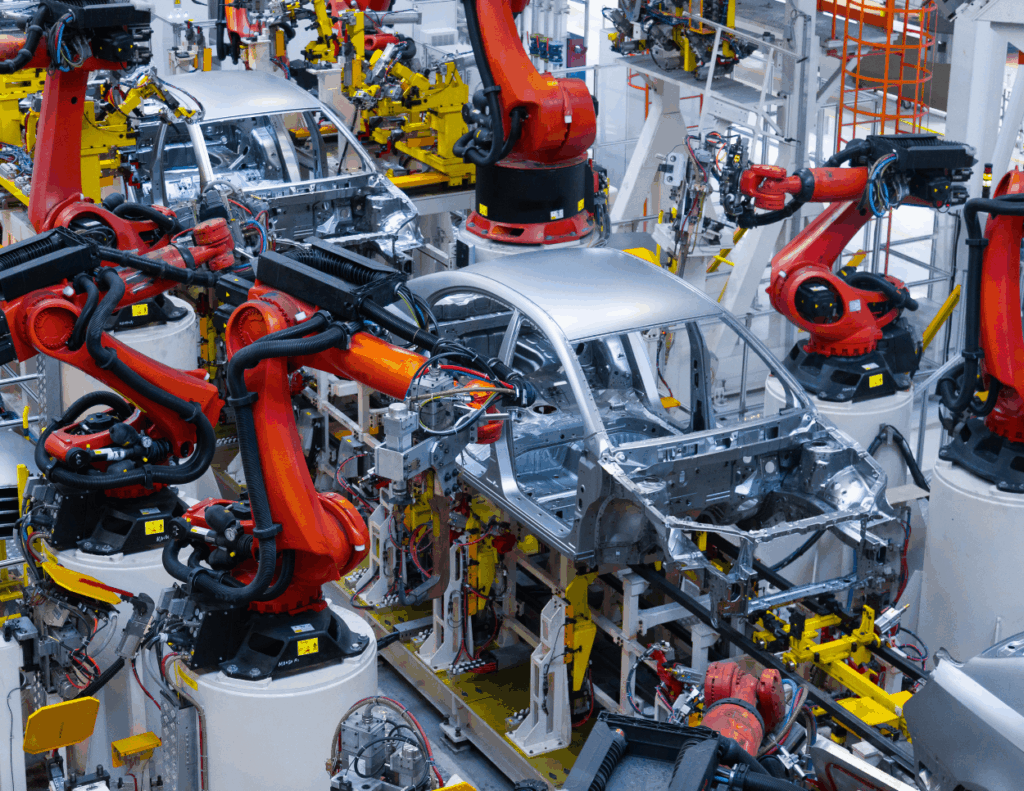
The automotive industry is undergoing a profound transformation fueled by the rise of electric and autonomous vehicles. This revolution is driving massive growth in demand for advanced embedded systems and automotive electronics, reshaping how vehicles are designed, manufactured, and operated.
The Rise of Advanced Driver Assistance Systems (ADAS) and V2X Communication
Critical to this evolution are Advanced Driver Assistance Systems (ADAS) and vehicle-to-everything (V2X) communication technologies. ADAS includes features like automatic emergency braking, lane-keeping assist, and adaptive cruise control. These systems require highly sophisticated electronic architectures with stringent safety and reliability standards to ensure passenger safety and regulatory compliance.
V2X communication, which enables vehicles to communicate with each other and roadside infrastructure, is a cornerstone technology for autonomous driving and smart traffic management. This connected vehicle ecosystem demands ultra-reliable embedded systems capable of real-time data processing and seamless connectivity.
Market Growth and Industry Impact
The global automotive electronics market was valued at approximately USD 295 billion in 2025 and is expected to grow robustly at over 7% CAGR, potentially reaching nearly USD 600 billion by 2035. Embedded electronics are anticipated to represent nearly half of the total cost of a new car by 2030, underscoring their increasing importance.
The surge in electric vehicles (EVs) and hybrid models is another major driver. Powertrain electronics that manage the electric motor, battery, and transmission systems are growing rapidly, alongside enhanced infotainment and safety systems that enrich the driving experience.
Safety, Reliability, and Regulatory Focus
With safety at the forefront, automotive electronics are being designed to meet rigorous international standards. Redundancy, fault tolerance, and secure communication protocols are essential elements in the electronic control units (ECUs) that power modern vehicles.
Future Outlook
The integration of artificial intelligence, machine learning, and augmented reality technologies into automotive electronics is expected to further accelerate innovation over the coming decade. Strategic investments in research and development, alongside collaboration among industry stakeholders, will be key to navigating this fast-evolving landscape.
Our expertise in embedded systems enables us to support automotive manufacturers in delivering safe, reliable, and cutting-edge electronic solutions. From concept to deployment, we help transform technological challenges into competitive advantages in the automotive market.


